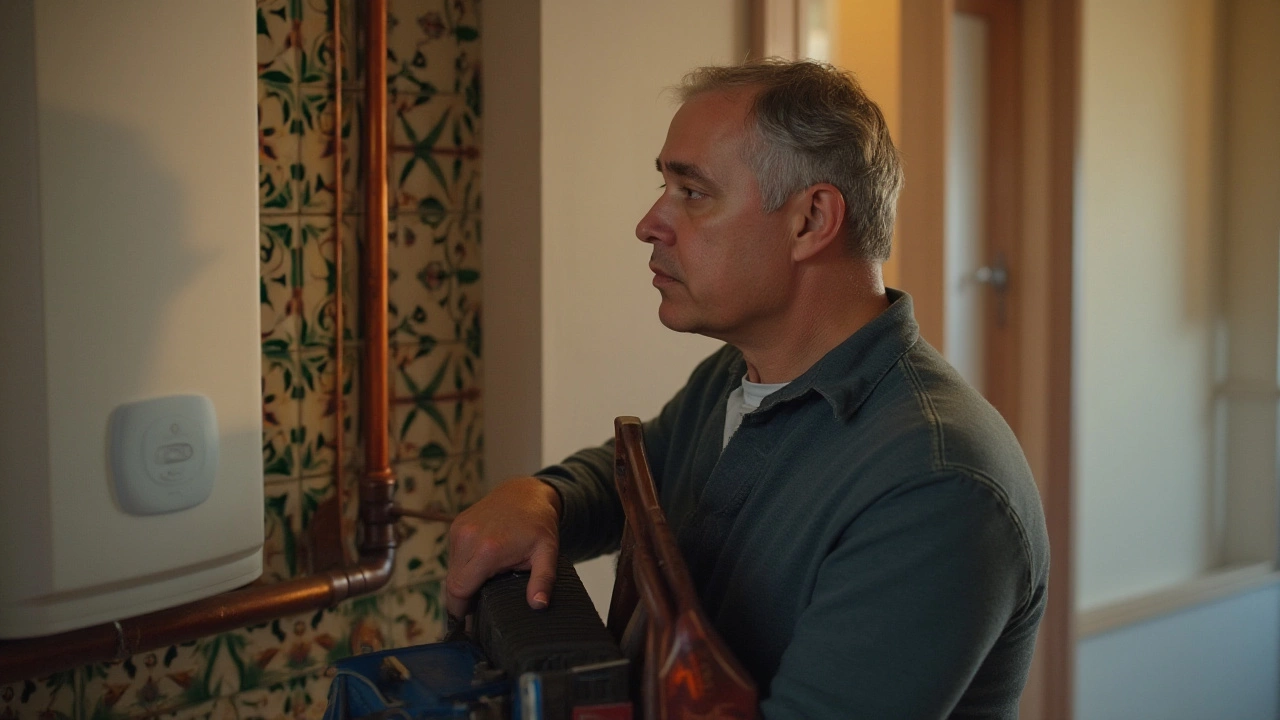Tripping Breaker? Easy Fixes to Keep Your Home Powered
If a breaker keeps popping, you’re probably annoyed and worried about a bigger problem. The good news is most trips have a clear cause and a simple fix. Below you’ll find the most common reasons a breaker trips and a step‑by‑step guide to reset it safely, plus tips to stop the issue from returning.
Common Reasons a Breaker Trips
1. Overloaded circuit – Plugging too many high‑watt devices into one outlet can push the current past the breaker’s limit. Think of running a dryer, space heater, and TV on the same line.
2. Short circuit – When a hot wire touches a neutral or ground wire, the breaker sees a sudden surge and trips instantly. This often shows up as a buzzing sound or a flash of sparks.
3. Ground fault – A wet appliance or exposed wiring can create a path to ground. The breaker trips to protect you from shock.
4. Faulty breaker – Old or worn‑out breakers lose their ability to hold a charge. If the same breaker trips even when nothing is plugged in, it’s probably time for a replacement.
5. Appliance problems – A broken motor in a washing machine or a failing compressor in a fridge can draw excess current, causing repeated trips.
Step‑by‑Step Reset and Prevention
Step 1: Turn everything off. Unplug all devices on the affected circuit. This removes the load and lets you see if the problem is the circuit or a specific appliance.
Step 2: Locate the breaker. Open your main panel and find the switch that’s in the “off” or middle position. It’s usually labeled with the room or area.
Step 3: Reset it. Flip the breaker fully to the “off” position, then back to “on.” You should hear a click. If it stays on, the circuit was simply overloaded.
Step 4: Test one device at a time. Plug in a single low‑watt item and turn the breaker on. If it holds, add another device. Keep adding until the breaker trips – that device is the culprit.
Step 5: Fix or replace the problem. If an appliance is the cause, check its cord, filter, or motor. If the breaker itself feels warm or trips with no load, call an electrician to replace it.
To prevent future trips, spread high‑watt appliances across different circuits, use dedicated outlets for heavy loads, and keep water away from cords. Regularly inspect older wiring for signs of wear, and don’t ignore a breaker that trips often – it’s protecting you from a fire risk.
When in doubt, especially with short circuits or ground faults, call a qualified electrician. Working with live wires can be dangerous, and a professional will diagnose hidden issues you might miss.
By understanding why breakers trip and following these quick steps, you can restore power fast and keep your home safe. Remember: a tripping breaker is a warning, not just an inconvenience. Take it seriously, and you’ll avoid costly repairs down the road.

Troubleshoot & Fix Your Water Heater's Tripping Issue
If your water heater keeps tripping, it can be both frustrating and inconvenient. This article guides you through the common causes and simple solutions to fix this issue. Learn about faulty elements, electrical connections, and practical safety tips to ensure your water heater operates efficiently and reliably. With a little know-how, you'll be able to troubleshoot these problems like a pro.